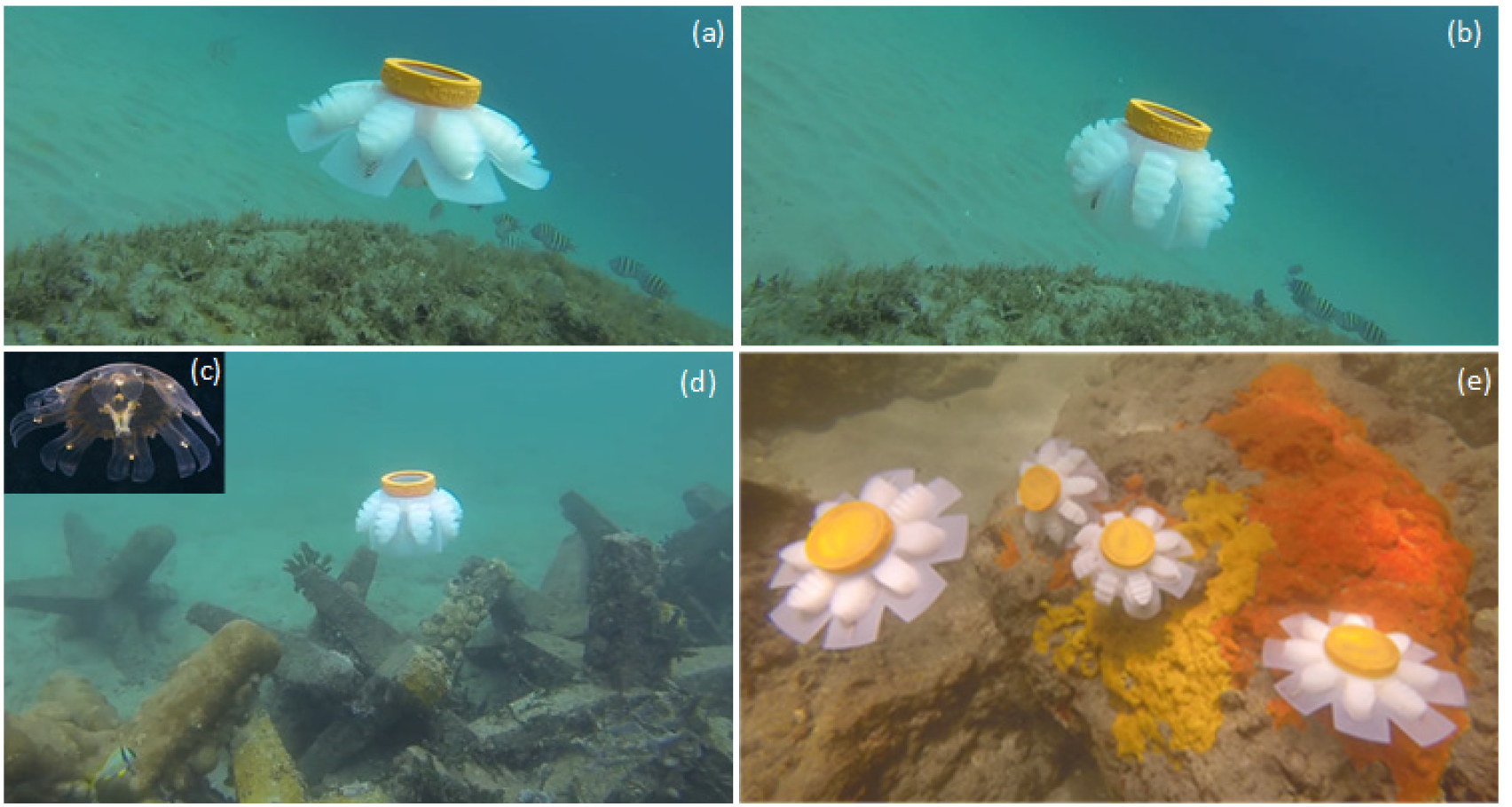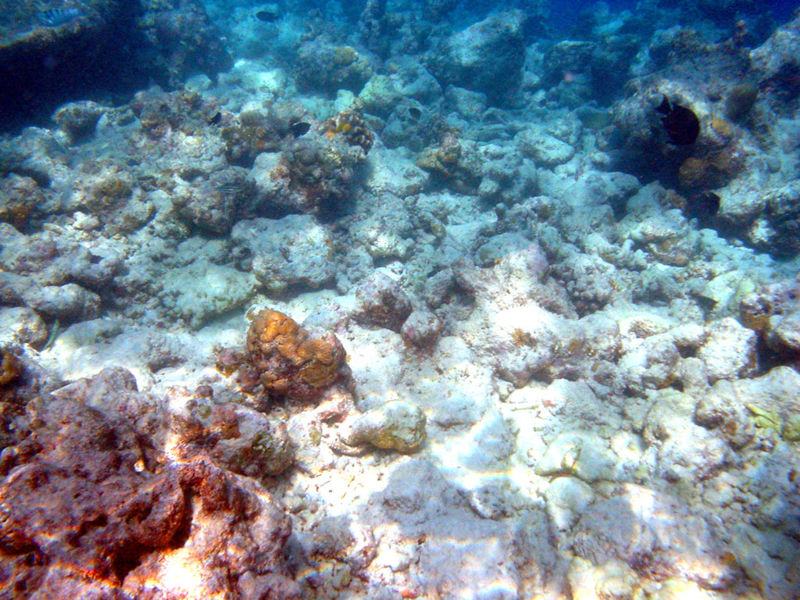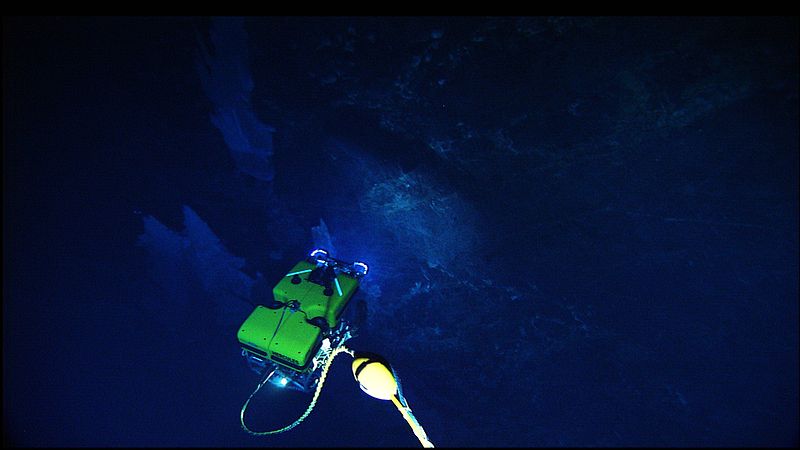
The backbone of any diverse ecosystem is a healthy coral reef. Image from Wikimedia Commons
A quick dive beneath the ocean’s surface can reveal a completely different world. Our ocean’s coral reefs house some of nature’s most complex, diverse, and lively aquatic life. Alas, with global warming increasing our ocean’s temperatures, most of this coral is actually dying at an alarming rate.
Be that as it may, within this bustling community you might come across a robotic jellyfish or two. Have no fear, these ones don’t sting! In fact, these devices may be our solution to combating climate change.
What are robotic jellyfish?
The robotic jellyfish is a device that was developed by Erik Engeberg and his team of mechanical engineers at Florida Atlantic University. This robot mimics the gentle movements of a real jellyfish and collects data on ocean temperatures via built-in sensors. Ultimately, this allows for the study of the hidden impacts of climate change at sea.

The robotic jellyfish propelling itself gently through the ocean. Image from JENNIFER FRAME, NICK LOPEZ, OSCAR CURET AND ERIK D. ENGEBERG/IOP PUBLISHING
Can this robot save our reefs?
Yes! In fact, the Great Barrier Reef recently experienced a widespread death of coral (a process known as “bleaching”). Consequently, the death of aquatic life whom depended on coral as shelter to protect themselves from predators followed suit. With that being said, the creation of the robotic jellyfish has allowed scientists to develop better measures to protect these reefs from further damage.

Coral reefs become lacklustre and dull after dying in a process known as “bleaching”. The bleaching of coral reefs no longer provide shelter for aquatic life. Image from Wikimedia Commons
How were coral reefs studied before?
In the past, drones were deployed to collect data on marine life; however, they were very destructive. For instance, drones produced a lot of noise which can scare off marine life. On top of that, their propellers take in ocean water quite forcibly, tearing off the coral which is an essential habitat for these animals.
The soft movements of wild jellyfish were what inspired Engeberg and his team to develop quieter technology to monitor coral reefs. The robotic jellyfish has allowed us to collect data without posing as a threat to animals or potentially destroying the reef.

Underwater drones were used in the past. However, their propellers were quite noisy and posed as a threat to the coral reefs. Image from Wikimedia Commons
The Future of the Robotic Jellyfish
Though the robotic jellyfish is still a work in progress, it has given scientists a better understanding of how to tackle the ongoing fight with climate change. To give you a better visual and understanding of the robotic jellyfish, this Youtube video summarizes the robot and all its technicalities:
-Christina Rayos

One response to “Combating Climate Change with Robotic Jellyfish”